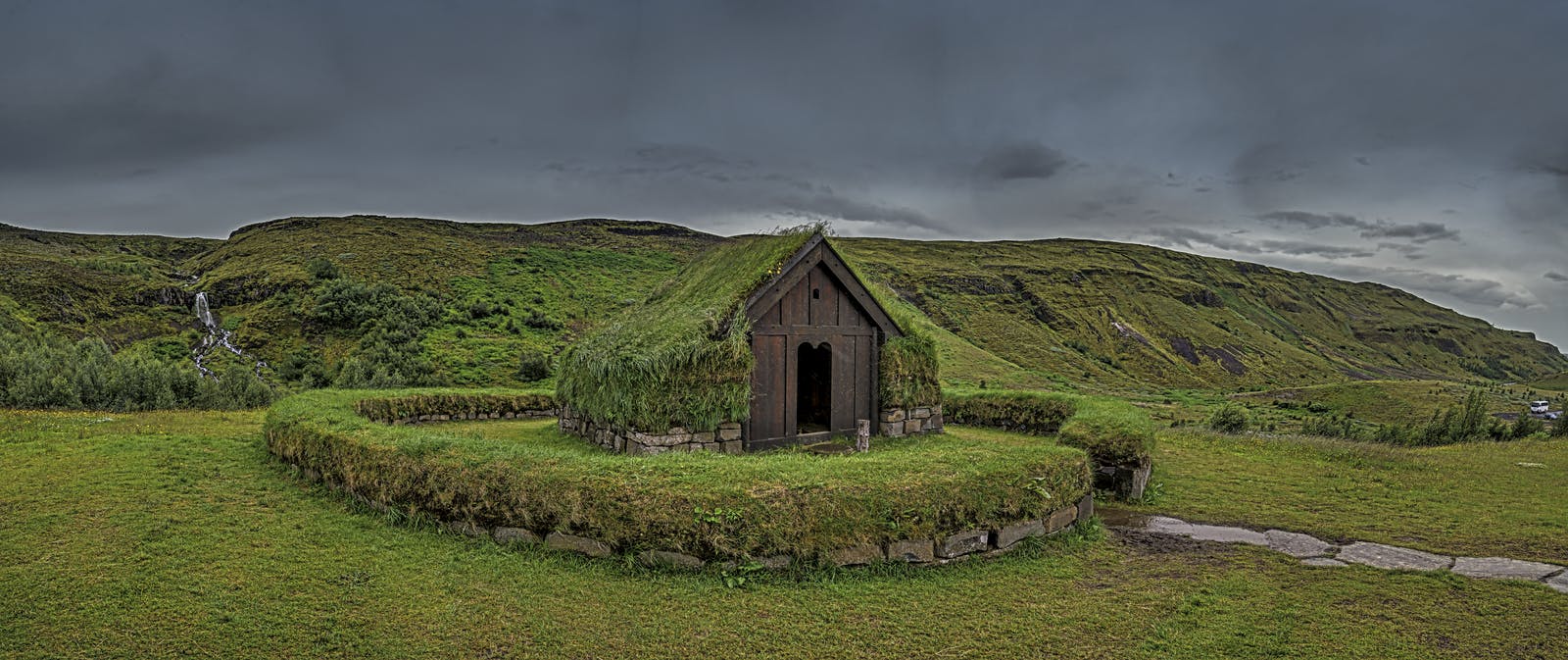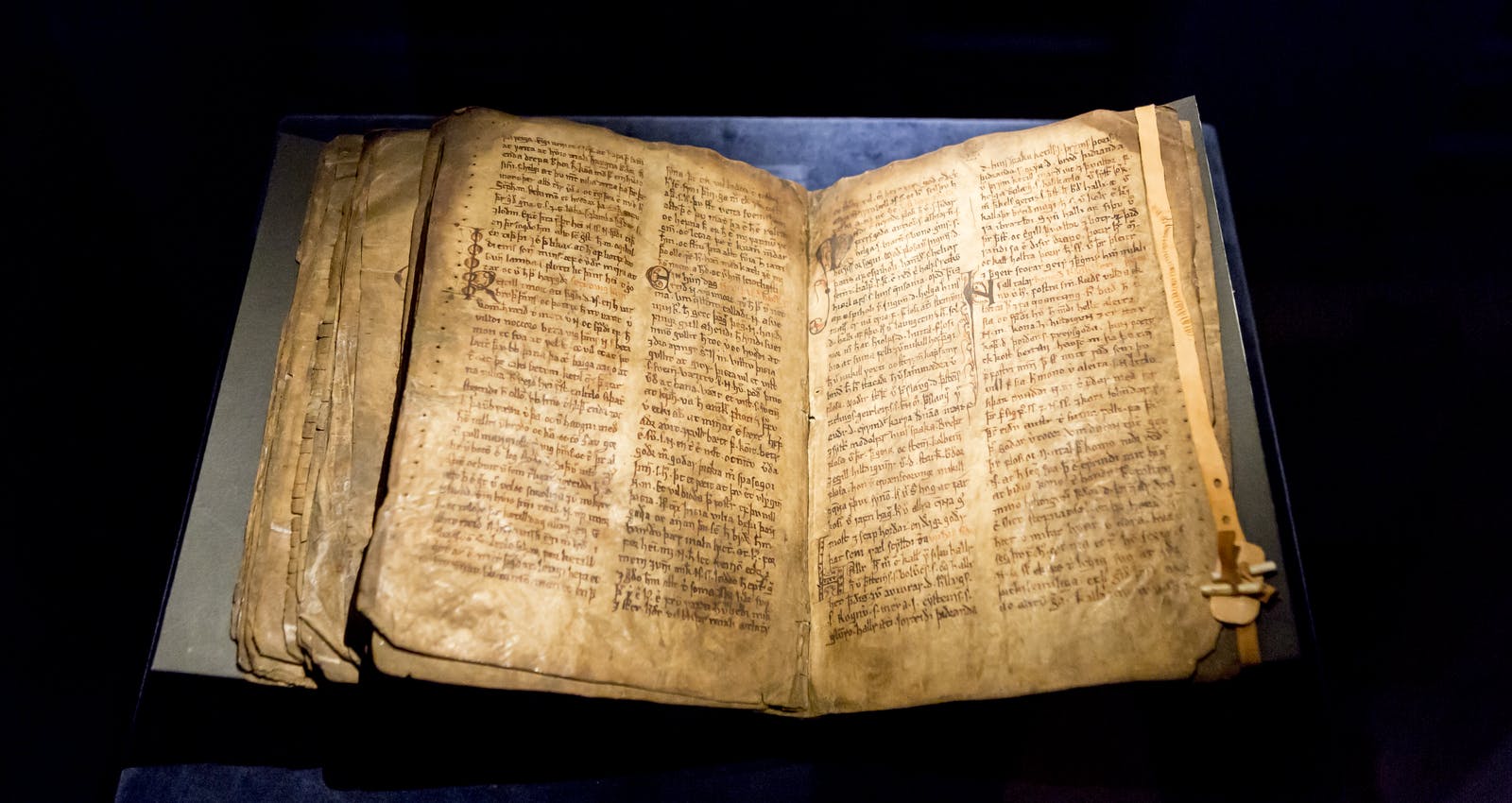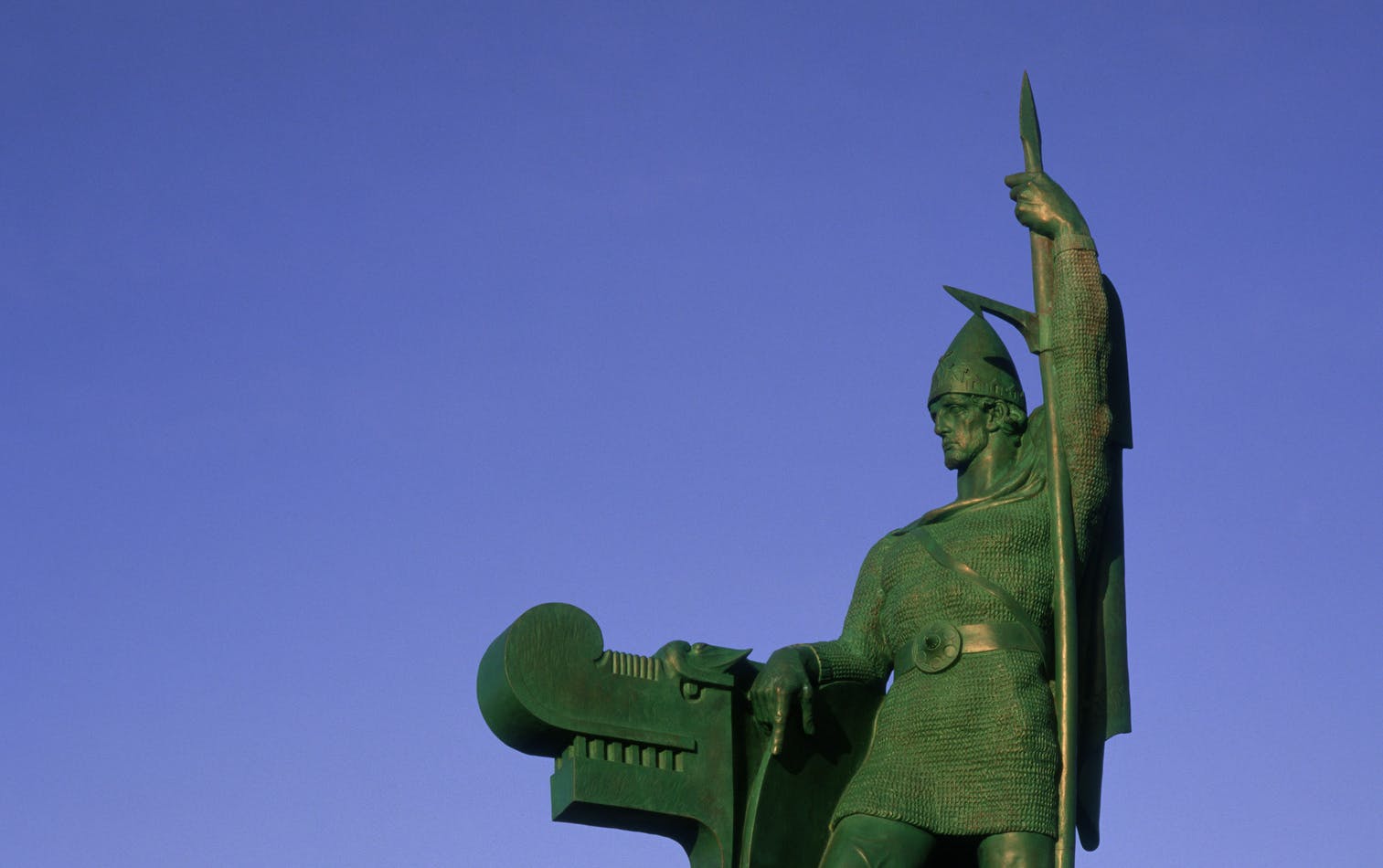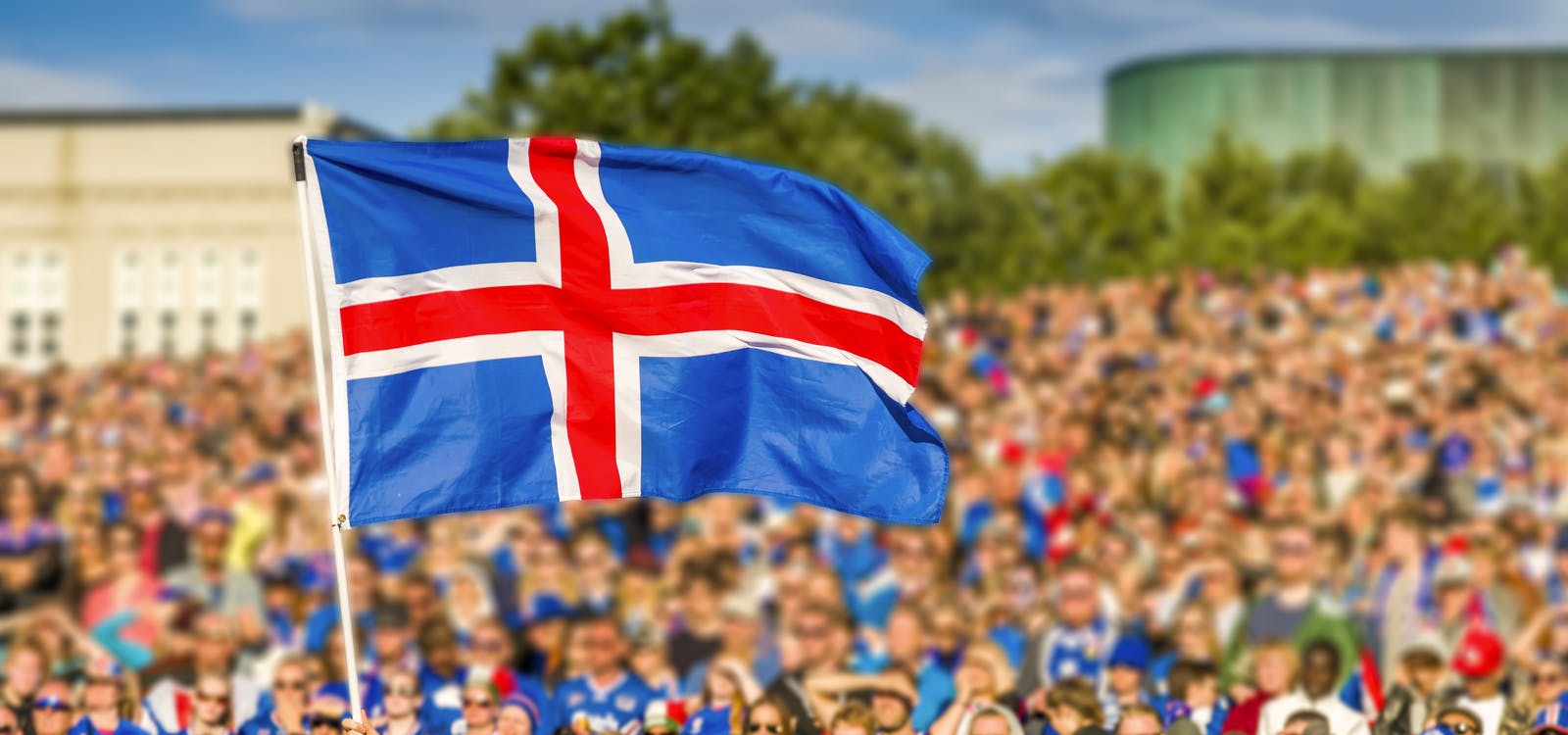
The History of Iceland
Compared to many European countries, Iceland has a relatively short history. Thir applies both to the geological history of the country and the history of the nation. It’s likely that no one had found the place before the 8th or 9th century, many centuries or millennia later than settlement had occurred in mainland Europe. This is, of course, due to the country’s location in the middle of the North Atlantic.
Let’s delve into the history of Iceland and explore a few of the most significant events in the country’s past. For history enthusiasts, Perlan’s Timeline of Iceland exhibit will pique your interest during your next visit to Reykjavik.
Medieval Chronicles of Iceland

Much of our understanding of the early history of Iceland comes from two medieval books, Íslendingabók (the ‘Book of Icelanders’) and Landnámabók (the ‘Book of Settlement’). These were written in the 12th century, well after the time of the original settlers.
In Landnámabók, the authors chronicle the families and landholdings of around 400 of the original settlers who arrived in Iceland between 874 and 930 AD. It offers a comprehensive listing, documenting over 3000 people and 1400 different locations.
How was Iceland founded?

In Iceland’s history, Vikings played a key role. Traditionally, Iceland’s story begins with Ingólfur Arnarson, a Norse settler who came over with his family. In 870 AD, he spent his first winter at Ingólfshöfði on Iceland’s south coast, eventually fetching up in what’s now Reykjavik, probably around 874 AD.
However, in the Book of Icelanders, the author Ari Þorgilsson states that Irish monks were present in Iceland well before Norsemen such as Ingólfur Arnarson arrived. It’s unclear whether these monks chose not to hang around when they realized they’d be surrounded by pagans or whether they were pushed out by the Viking incomers.
The role of Norway and Denmark in Iceland’s history

In the beginning and during the first ages after the settlement Iceland was an independent country. During the age of the settlement (874-930) the country was without any common political system but in 930 the settlers established a parliament in Thingvellir, Alþingi, a national assembly and adopted common law or a legal code. This was the beginning of the so-called Icelandic Commonwealth.
A Norwegian king called Olaf Tryggvason was responsible for Iceland adopting Christianity at the end of the 10th century. But even then, Iceland had its own laws and meted out its own justice.
The Icelandic Commonwealth was the political unit existing in Iceland between 930 and the pledge of fealty to the Norwegian king with the Old Covenant in 1262.
Althingi met in what is today Thingvellir National Park from about 930 AD to 1798 AD, making it one of the oldest parliaments in the world.
When, in 1380, Norway entered into the Kalmar Union with Sweden and Denmark, Iceland's history was affected very little by having three powers overseeing it rather than one. Denmark was the major player. From about 1550 to about 1830, Danish power grew considerably. The power to legislate for itself was one of the things Iceland lost during that time.
Challenges and Resilience

As with any country, there were good times and bad times. If we look at an Icelandic history timeline, a few events stand out that would have been tough to endure at the time. These include the 16th-century Reformation when the Danes imposed Lutheranism on the population. The move angered many Catholics, not least Bishop Jón Arason, who was beheaded for his opposition.
Another shocking event in the country’s history came in 1627, with the most brutal of incursions. It’s known to Icelanders as the Tyrkjaránið (the Turkish Raid), though the attack was led by Algerian corsairs – the country was part of the Ottoman Empire at the time. A fleet of 12 pirate ships targeted several locations, including the Westman Islands. There, they murdered at least 30 people and grabbed a further 242 prisoners, selling them as enslaved people when they reached Algiers. A decade later, a ransom was paid, which secured the release of 27 of them and their safe passage home.
The natural environment brought many challenges, too, especially in 1783 when Laki’s devastating eruption wiped out an estimated 9000 people. One of the largest lava eruptions in recorded history, it also killed around 80% of their precious livestock. Many Icelanders starved as a result of the famine that followed. Today, for obvious reasons, it’s referred to as the Móðuharðindin or ‘Mist Hardships’.
However, nothing stays the same forever, and things improved, both agriculturally and politically. In 1845, Icelanders were permitted to restore the Althing. This time, however, it would meet in Reykjavik rather than in Thingvellir. During the 19th century, the Icelandic independence movement steadily gathered momentum. In 1874, Denmark finally granted Iceland a constitution and allowed its home rule.
When was Iceland established?

Further progress on the road to full independence came in 1918. Iceland and Denmark signed an Act of Union. Under its terms, Iceland became a sovereign state. Significantly, the country could have its own flag, but it didn’t yet have control over its own foreign policy. It had no army or navy and would remain neutral in any conflict.
Meanwhile, the Act of Union covered the period until 1940, by which time the world was at war again. During World War Two, British and American forces were stationed in Iceland, keen to protect the tiny nation as well as take advantage of its strategic location.
Iceland became fully independent in 1944, shaking off the last vestiges of Danish influence to become a separate nation-state. This was the culmination of a long process, but it marked the start of a new and exciting era for Iceland. Find out more about this fascinating country with a visit to Perlan.







